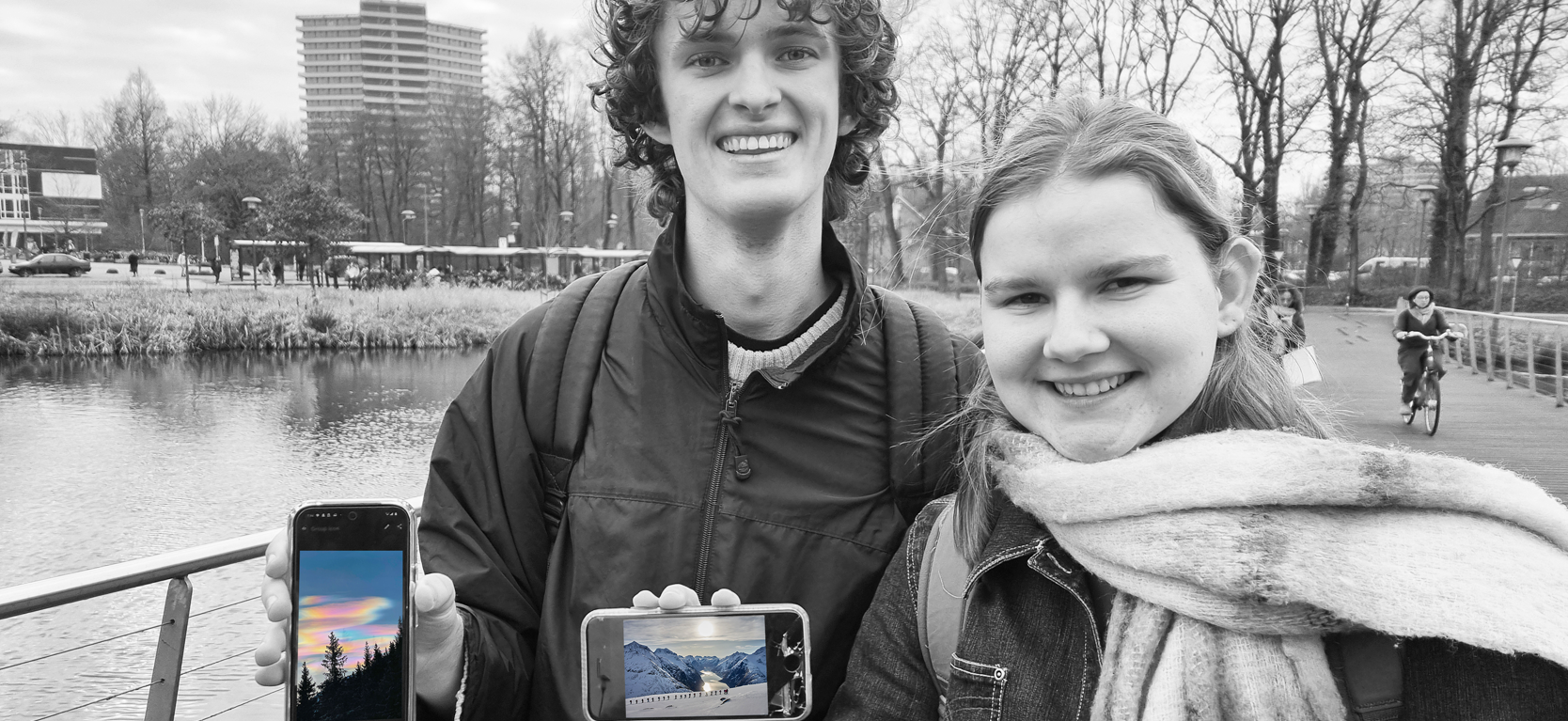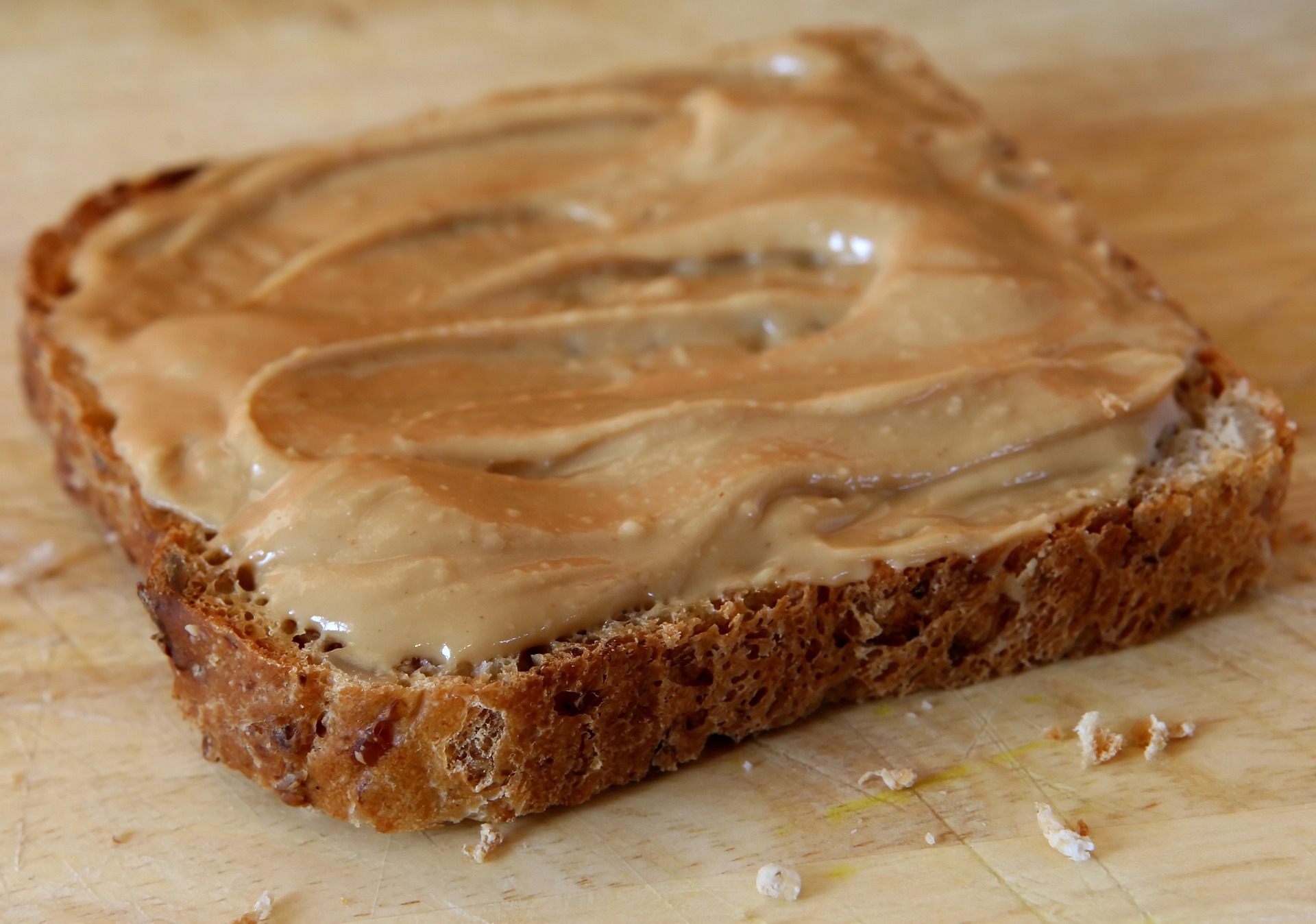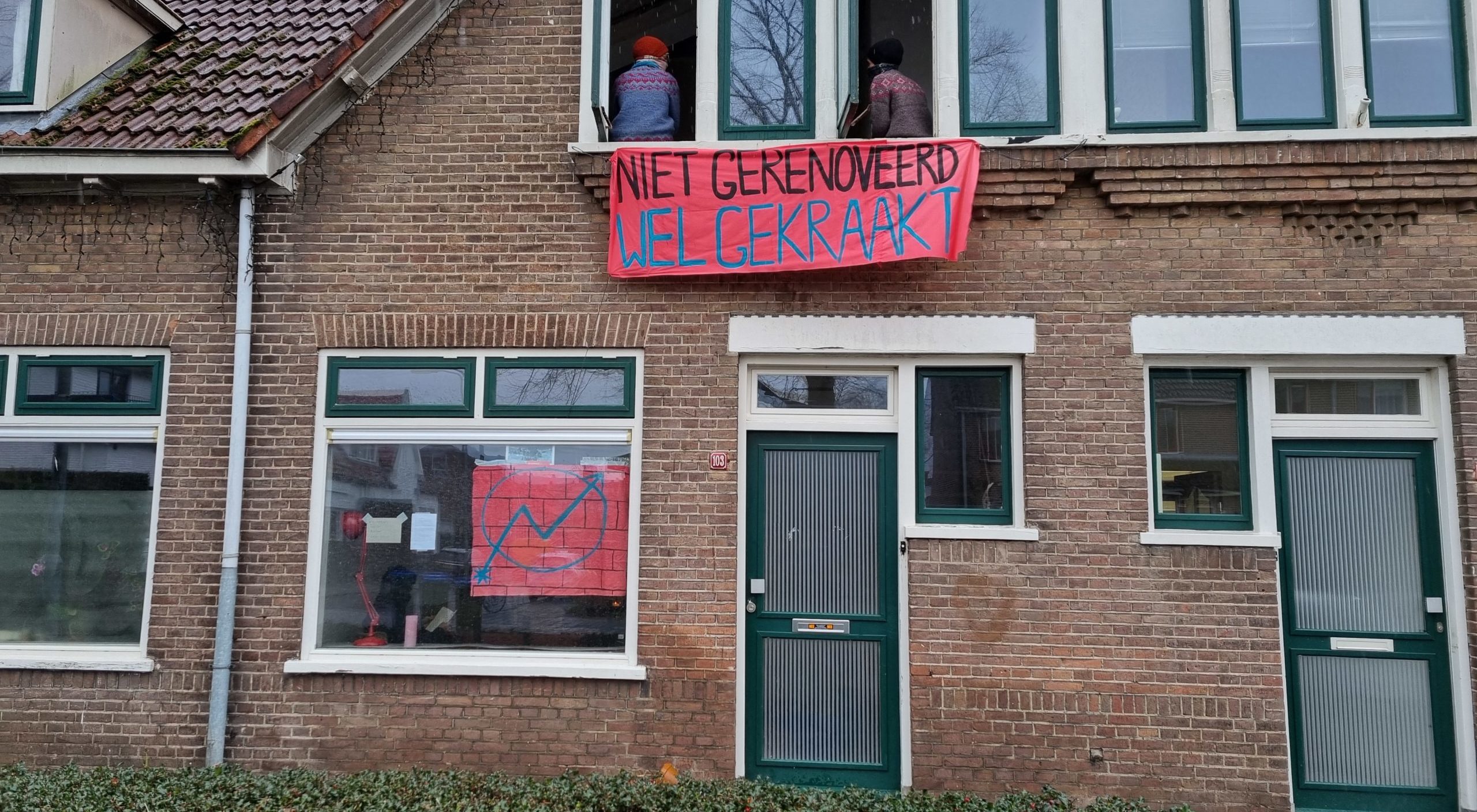Eighteen student members of Wageningen student shooting club Transvaal, a sub-association within Ceres- are taking part in this week’s Nijmegen Four-Day marches. ‘When you walk 160 kilometres in four days, a little pain is unavoidable.’
Nijmegen is currently the scene of the world’s largest multi-day walking event. The Vierdaagse (Four-Day Marches) has existed for over one hundred years and was initially designed as a course for military personnel to build stamina. In its modern version, many soldiers from across the globe participate. Student shooting club Transvaal joins an army detachment.
Stijn Zijtregtop is one of these participants. This is his third Vierdaagse. Resource interviewed him on Thursday evening.
How is it going?
‘Well enough, all things considered. We started with eighteen students on Tuesday morning, of which 15 are currently left. One of our participants is in doubt about whether or not to start tomorrow. We literally had to carry her over the finish line today.’
Do you participate in the Vierdaagse each year?
‘Yes, as a rule. We are the so-called student defensibility in Wageningen, and we try to maintain warm relations between the military and students. We help them with training when they need a mock enemy, for example, and in exchange, we get to join some activities, such as the Vierdaagse.’
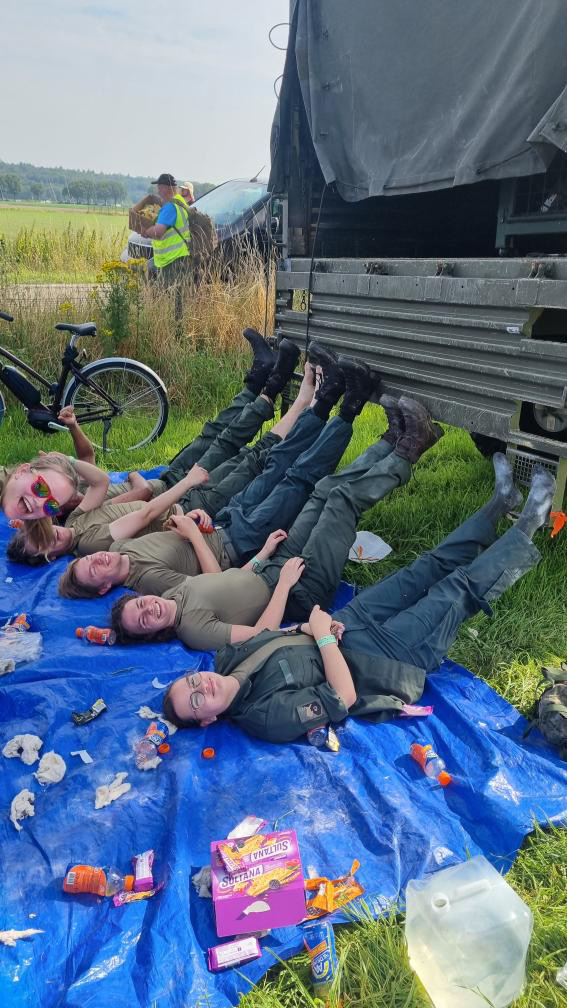
Is it different for you than the normal participants in the Vierdaagse?
‘Yes. We march in accordance with the military’s rules, which means we wear combat gear and walk in file through villages and cities. Additionally, the men carry a pack weighing ten kilos. At the end of the march, the pack must still weigh the same, so you may not fill it with bottles of water to drink along the way. My bag is filled with a bag of potting soil and some sacks of rice.’
‘We also sleep in Kamp Heumensoord, just outside of Nijmegen as the soldiers do. There is a huge tent with some one hundred cots and first aid personnel ready to treat blisters. They can also tape your feet, and there is a doctor and a physiotherapist available. They take good care of us, which is sorely needed because when you walk 160 kilometres in four days, a little pain is unavoidable.’
How did you prepare?
‘Not everyone trained equally hard. I walked some 140 kilometres, but there are also those who walked no more than twenty or thirty training kilometres. It is becoming clear that those who trained more are currently doing better. This is my third time, so I know more or less what to expect. Many first-time participants are having a really difficult time now. That is the consequence of training too little.’
The fourth and last day is shortened this year due to the expected heat. Does that mean your packing can be left behind now?
‘Indeed, we are no longer required to carry the ten kilos, but our route remains unaltered. That means nothing changed for the ladies, as they were already marching without additional weight. We are still required to wear our military fatigues with a green coat and green shirt. That is part of the uniformity principle, requiring everyone to look the same. Hence, the men will still carry their backpacks, albeit without the extra weight. Our water canteens are also in the backpack, so having them with us is convenient.’
‘With compulsory packing no longer required, there is still room for individuals to choose to carry it. There is one member in our detachment who is considering doing so. I have already completed the Vierdaagse twice and have nothing more to prove, so I’m leaving it behind.’

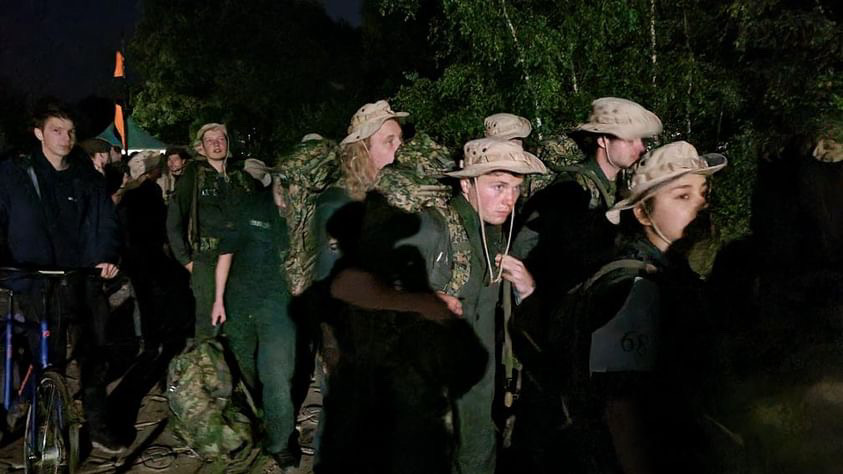 Student members of the student defensibility (shooting club) Transvaal participate in the Nijmegen Four-Day Marches and start their forty-kilometre march in the early morning. Photo Transvaal
Student members of the student defensibility (shooting club) Transvaal participate in the Nijmegen Four-Day Marches and start their forty-kilometre march in the early morning. Photo Transvaal 